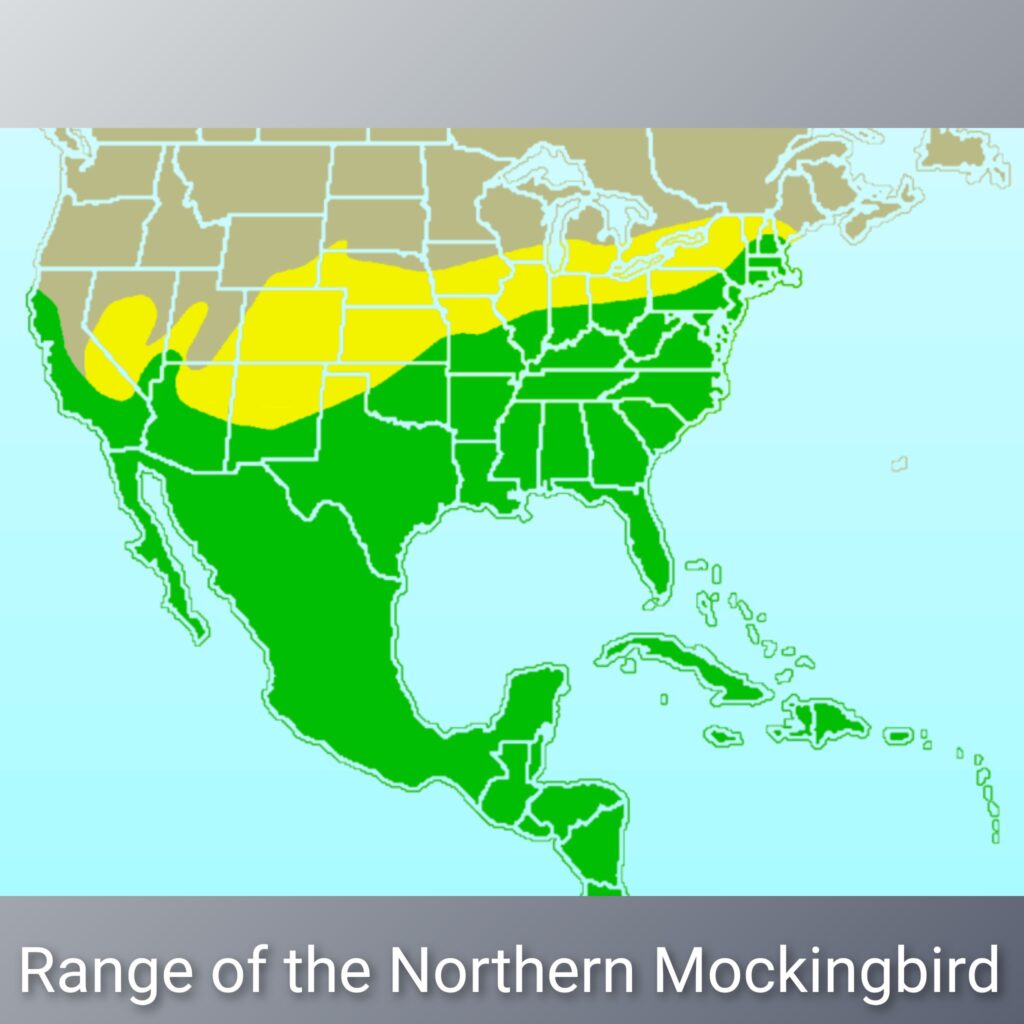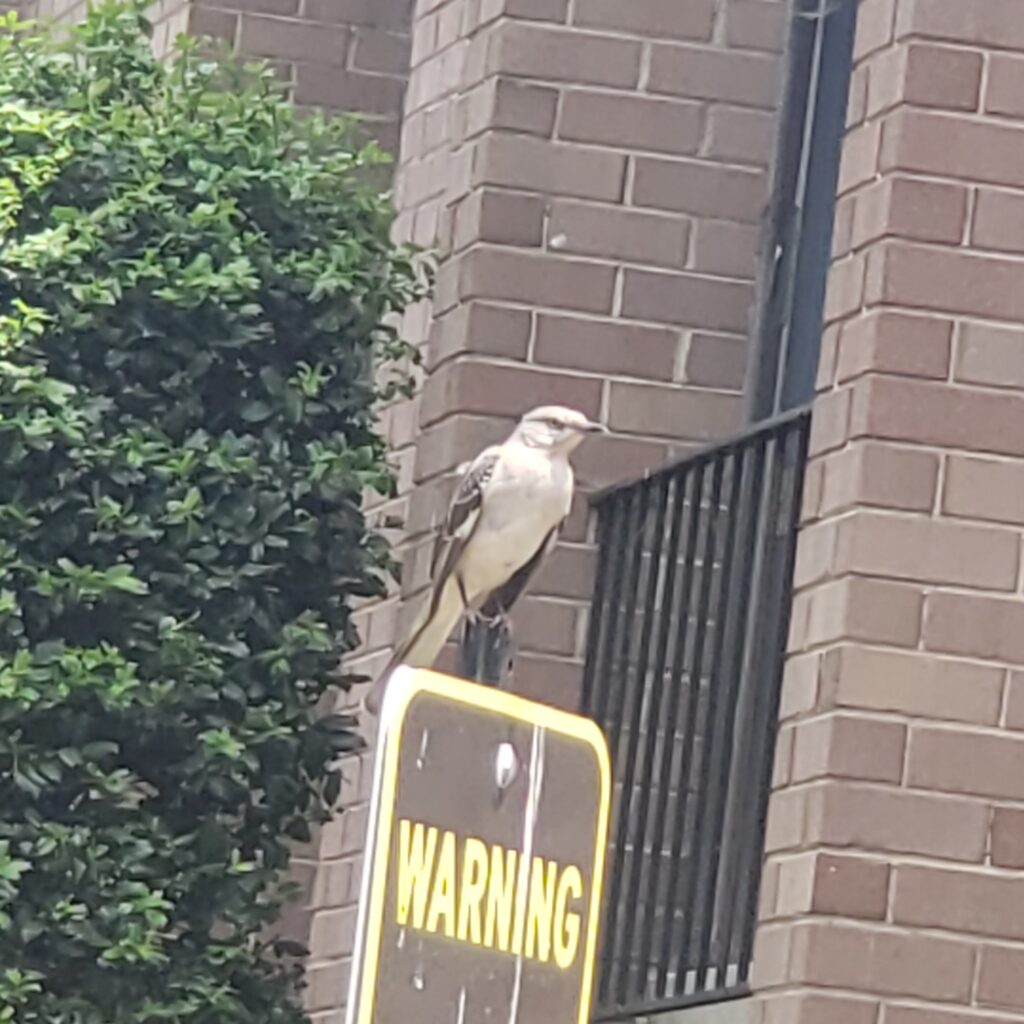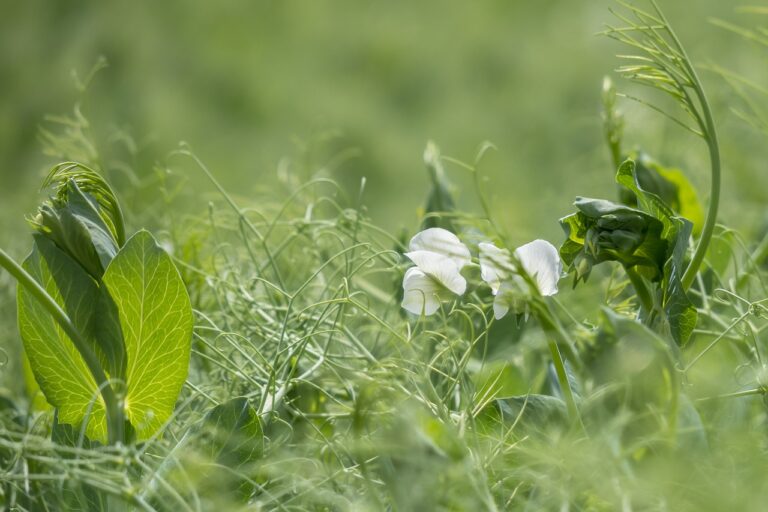The Masterful and Magnificent Mimic of Melody…and Machinery?
We didn’t get off to a great start, me and mockingbirds. My first words spoken to any member of the Mimus polyglottos species were something along the lines of “Would you knock it off with that god-awful racket?!”
But let’s back up a bit for the full story, and hopefully learn a thing or two about the widespread, wonderful and popular northern mockingbird while we’re at it.
To Find a Mockingbird
Depending on who you ask, around 450 species of birds are regular residents of Wisconsin, my home state. None of those species are mockingbirds, although a few have been known to pass through the southern part of the state on their way to somewhere else. Making their acquaintance had to wait until I moved to the East Coast several years after college.
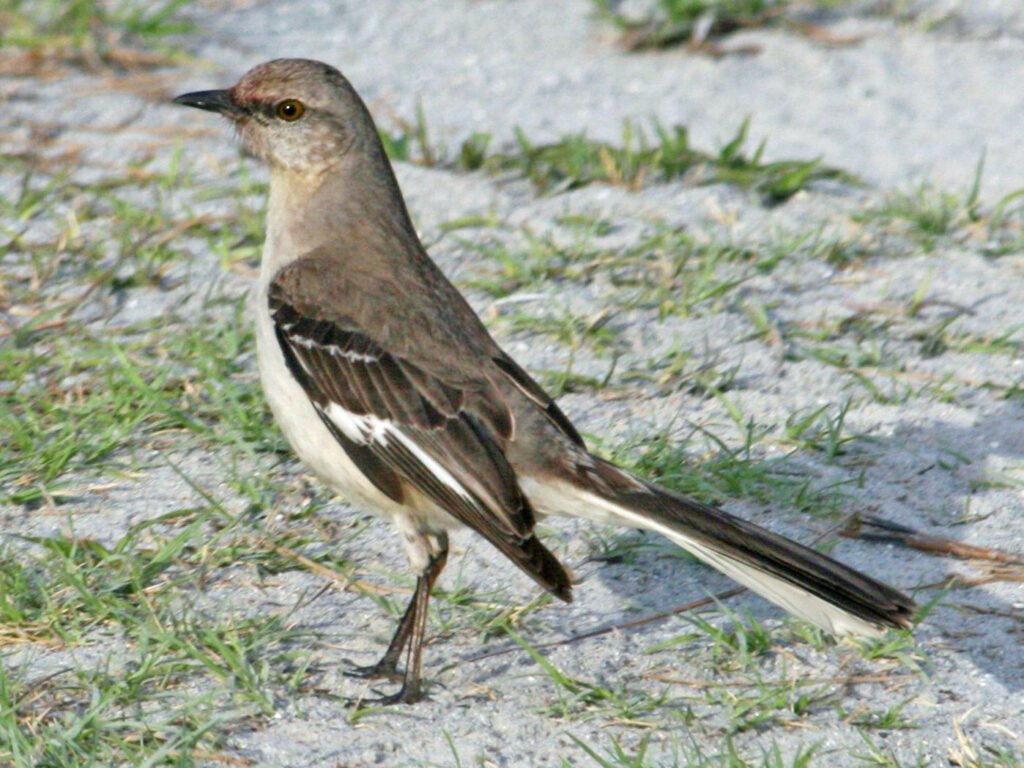
Photograph by Dick Daniels (http://theworldbirds.org/)
Own work, CC BY-SA 3.0,
https://commons.wikimedia.org/w/index.php?curid=10954672
In fact, mockingbirds can be found throughout much of the US south of the Northern Plains states. Between the three generally recognized subspecies, their range covers all of Mexico, every Eastern and Southern state and many of the Caribbean islands. The Washington DC area is prime, year-round territory for them.
To View a Mockingbird
Northern mockingbirds are highly adaptable and can be found in a wide array of habitats — from forests and woodlands to urban areas, parks and gardens. They thrive in open areas with shrubs and bushes where they can build their nests, forage for food and find suitable cover and perches.
Birdwatchers should look for areas with dense vegetation where they can find ample food and suitable perches to sing from. Their repertoire of songs and distinct mimicry often give away their presence and help to identify them. That’s what worked for me.
It was 33 years ago this summer and I had just moved to DC — into an apartment with no air conditioning. I kept my bedroom window open overnight since it was a little cooler than the hot, humid summer days. And every morning — far earlier than I had set my alarm for — right outside my window was a very loud bird making the strangest noises. Its favorite sound seemed to be the warning blare of a truck backing up — not what one wants to hear when hoping for a couple more hours of sleep. I may have at one point threatened to turn the skilled mimic into pie filling.
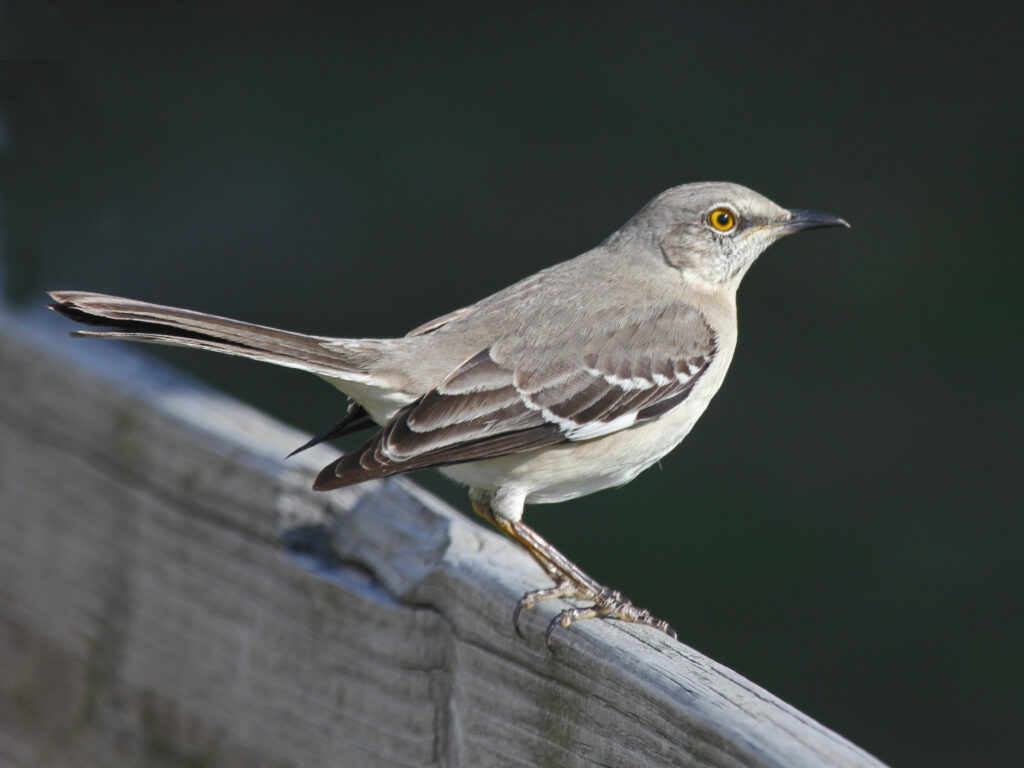
Photo By DickDaniels (http://theworldbirds.org/)
Own work, CC BY-SA 3.0
https://commons.wikimedia.org/w/index.php?curid=18062292
To Protect a Mockingbird
The pie was obviously a fanciful flight of hyperbole — like all songbirds, the northern mockingbird retains strong protections under the Migratory Bird Treaty Act of 1918. If I had possessed a close-by squirt gun at the time, however…Well, let’s just say my new “mockingbird” friend might have become “sopping” bird.
Happily, the northern mockingbird has never been officially threatened or endangered. In fact, their population has remained stable and may even be increasing in some regions. Their ability to thrive in diverse habitats and their adaptability to human-altered landscapes have contributed to their widespread distribution and overall healthy numbers
To Identify a Mockingbird
It would have been easy for me to recognize the mockingbird even without hearing it. “Mimus polyglottos” is a striking, medium-sized songbird, approximately 8 to 10 inches in length, with a wingspan of about 12 to 15 inches. They have a slender build, long tails, and pointed wings, which aid them in their agile flight as they search for food and defend their territories.

Image By Manjithkaini – Own Work, CC BY 3.0,
https://commons.wikimedia.org/w/index.php?curid=8445570
Northern mockingbirds are gray and white in color, with long tails and slender bills. They have bold white markings on their wings, which are visible in flight. Unlike many bird species, the northern mockingbird exhibits minimal sexual dimorphism. Both males and females share a similar appearance, making it challenging to distinguish between the sexes based on physical characteristics alone.
To Feed a Mockingbird
Northern mockingbirds are omnivorous, feeding on a diverse diet that includes insects, fruits, berries and seeds. Their slender bill allows them to catch insects in flight, while their keen eyesight helps them locate berries and fruits closer to the ground. They are also known to supplement their diet by visiting bird feeders in search of seeds or suet, although this is not common behavior.
To Raise a Mockingbird
During the mating season, northern mockingbirds engage in elaborate courtship rituals to attract a mate. The male sings a complex and melodious song to impress the female and establish his territory. The male will also perform display flights, showing off his wing markings and agility in flight to demonstrate his fitness as a potential mate.
Once a pair has formed, they work together to build a nest. The nest is typically constructed in a dense shrub or tree, using twigs, grass, and other plant materials. The female lays a clutch of 2-6 eggs, which she incubates for about 12-13 days. During this time, the male will help by bringing food to the female.
After the eggs hatch, both parents take turns feeding and caring for the young chicks. The chicks fledge in about 12-13 days and are dependent on their parents for a few more weeks as they learn to forage for food and develop their flying skills.
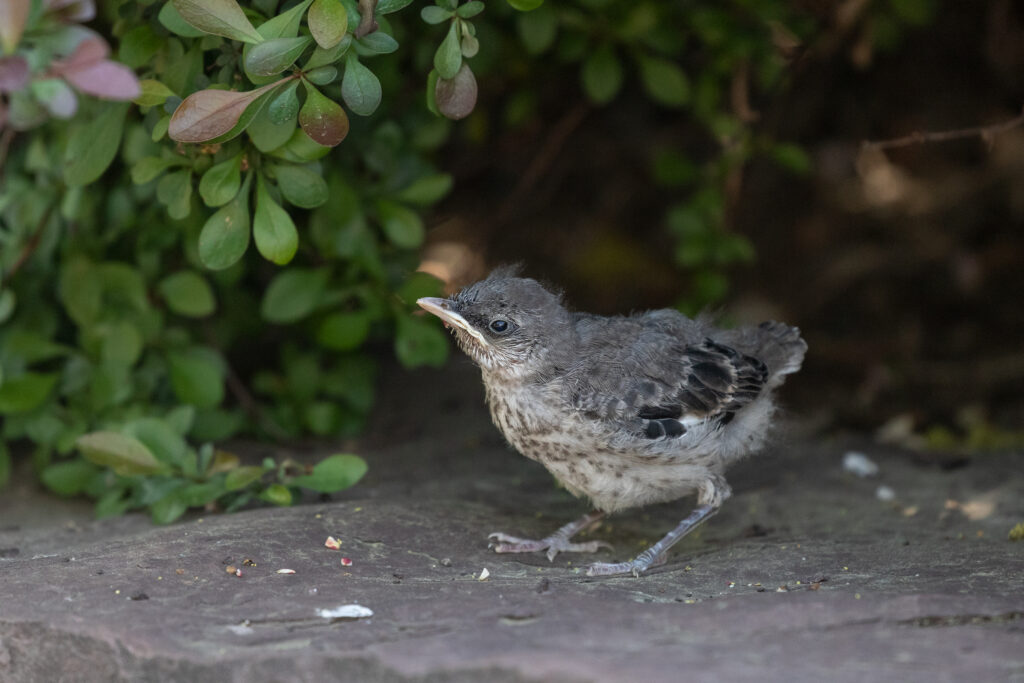
Photo By Charles Homler d/b/a Focus On Wildlife
Own work, CC BY 4.0,
https://commons.wikimedia.org/w/index.php?curid=69256661
To Hear a Mockingbird
In my opinion, the mimicry of the northern mockingbird is one of nature’s true marvels. Northern mockingbirds incorporate imitations into their song repertoire, using them to attract mates, establish territories, and communicate with other birds. These talented songbirds have the remarkable ability to imitate the sounds of other birds, animals, and even mechanical noises with incredible accuracy, highlighting their intelligence and ingenuity.
So there you have it. Although they were not part of my life growing up, northern mockingbirds have become treasured friends during my adulthood. There’s even one that regularly sings outside my window these days — I’ve named it Harper. Once you get to know these remarkable birds, I think you’ll love them, too.
By Steven Roberts

